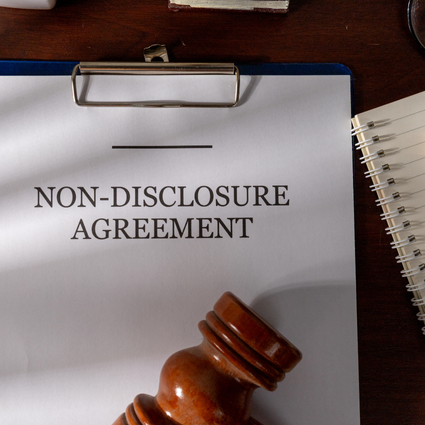Table of contents
When company business relationships break down, particularly between people who started out as friends or even family, things can get personal, messy and legally complex. This is especially true when one or more of the people involved is a director or has a significant shareholding in the company.
We are often contacted by clients who are fed up with someone they’re in business with and just want them “gone.” Unfortunately it’s rarely that simple.
Directors hold considerable power and responsibility under the Corporations Act. Removing a person from this position against their wishes, is difficult and not to be taken lightly.
Plan for the worst, hope for the best
In our experience, these conflicts are most difficult to navigate when there is no Constitution or Shareholders’ Agreement to rely on. While these documents aren’t legally required to be in place for every company, our advice to clients is always to put in place a Shareholders’ Agreement at the beginning of a business venture as this allows you to set your own rules about what you want to happen in certain scenarios (i.e. if you’re no longer friends) rather than relying on the protections in the Corporations Act 2001 (Cth)., which can be limited.
A robust Shareholders’ Agreement will govern share transfers (including any pre-emptive rights for existing shareholders), share valuation methodologies, appointment and removal of directors, the process for dispute or deadlock resolution, and a distinction between ‘good’ and ‘bad’ leavers. Most of these scenarios are not contemplated by the Corporations Act 2001 (Cth).
Considering these issues early on isn’t “negative thinking” or “planning for failure”, it’s just good business. The best time to set the ground rules is before you need them, and this ensures your business and the interests of all company stakeholders are protected come what may.
There’s no Shareholders’ Agreement and things have already gone south – what now?
If you feel that the relationship is already unsalvageable and there are no agreements to rely on, there are still some options available.
- Do you have a majority of shareholders on side? The Corporations Act allows shareholders to remove and replace a director by resolution under section 203C.
- Is there an opportunity for a negotiated exit? In these instances, the director agrees to step down (and sell any shares they hold in the company) on negotiated terms. An independent valuation of the company may be useful to establish reasonable compensation.
- Has the director breached their duties? In some circumstances, if the company has suffered harm or loss as a result of a director’s conduct, a shareholder can take legal action against the director on behalf of the company. This avenue can be costly and difficult, but may be the best approach in egregious cases.
The ‘unfriendly’ exit of a director will always be contentious, so it’s important to get considered advice on the best course of action in the circumstances and to ensure the process is managed correctly to guard against any claims an ousted director may make.
Sometimes there really are no straightforward solutions available. In these cases, it’s important to keep the facts in mind: what can this director actually do? How much influence do they have over the business? Can the business continue to operate at the status quo?
Tense relationships among directors and shareholders can heighten the risk of disputes or legal action. If you’re operating in these circumstances, we can help answer the practical questions that arise, as well as your legal rights and obligations, like what documents or reports are directors or shareholders entitled to? How should the board meet and make decisions when directors don’t see eye to eye?
Struggling to navigate a difficult relationship with a business partner? Setting up a new business and want to protect yourself from issues in the future? Our Corporate team can help.
Get in touch: contact@burchcolawyers.com.au
Last updated: 27 June 2025









